
Common Writer Questions: How to Convey Accents
“How do I write dialogue to show an accent or dialect?” I’ve often heard this question discussed at writing…
May 24, 2022
“How do I write dialogue to show an accent or dialect?” I’ve often heard this question discussed at writing…
May 24, 2022
As much fun building characters in a fiction story is, the process is equally challenging. Trying to create memorable…
July 26, 2021
In Harper Lee’s To Kill a Mockingbird (1960), the character Atticus Finch says, “You never really understand a person…
September 24, 2020
When your critique partners tell you (more than once) your middle grade fiction sounds too adult, how do you…
August 16, 2020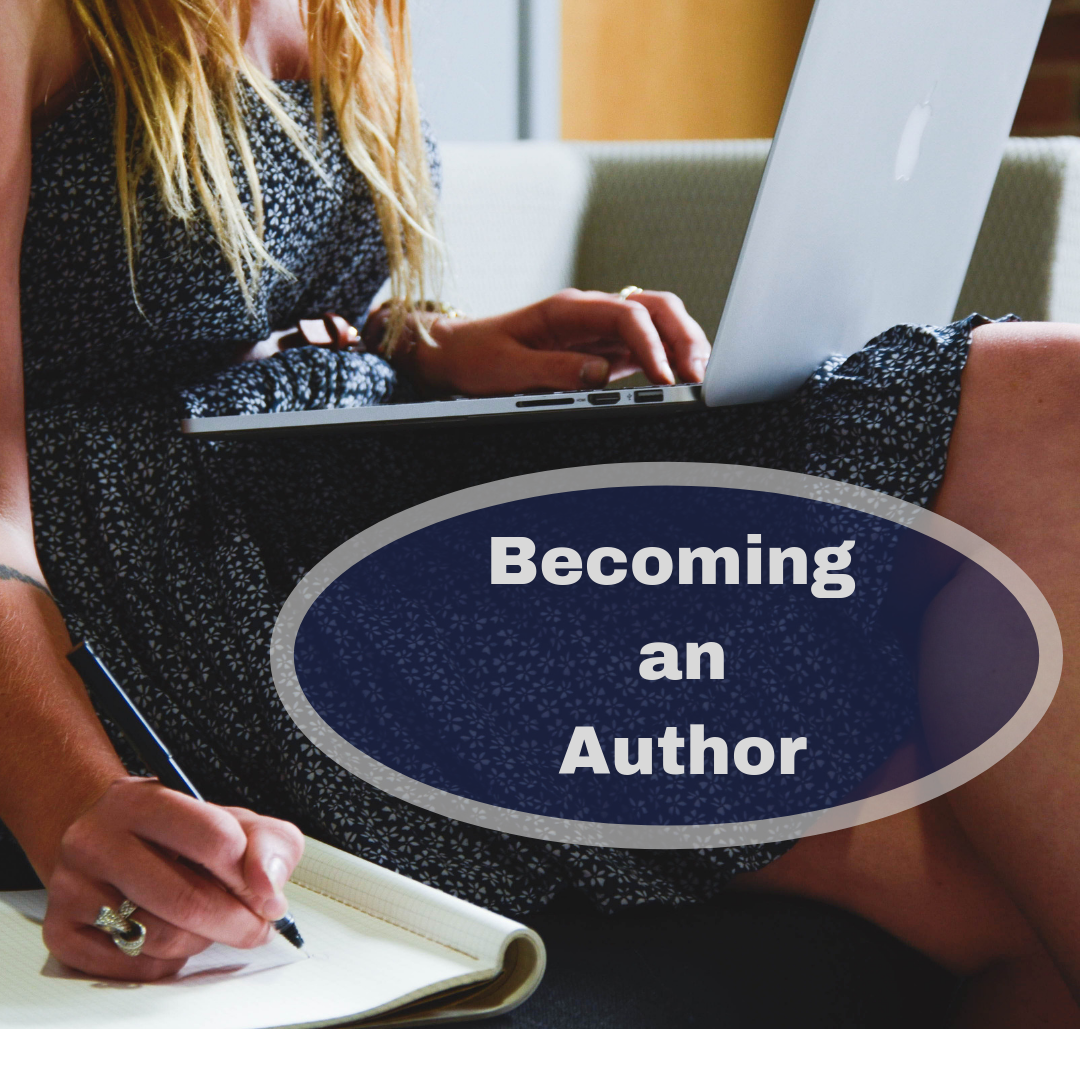
As I mentioned in the previous post, there is much we can learn on the writing craft by studying…
July 9, 2020
Over the years, I’ve studied the craft of both writing and acting, and I’ve been amazed at how the…
June 18, 2020
This was a question I saw in the Twitter writing community and realized it is a challenge, especially in…
March 23, 2020
Using inanimate objects as characters can add a powerful, interesting element to your story. I cried when Wilson, a…
March 20, 2020
You know the phrase, all an actor needs is an empty room and a script? I’ve heard that idea…
August 7, 2019
One of my friends recently gifted me a book. She’d loved it so much she literally went out and…
April 7, 2019
What are the trademarks of a villain? Do they have dark, piercing eyes, a snarly grin, crooked-yellowed teeth, knobby…
February 17, 2019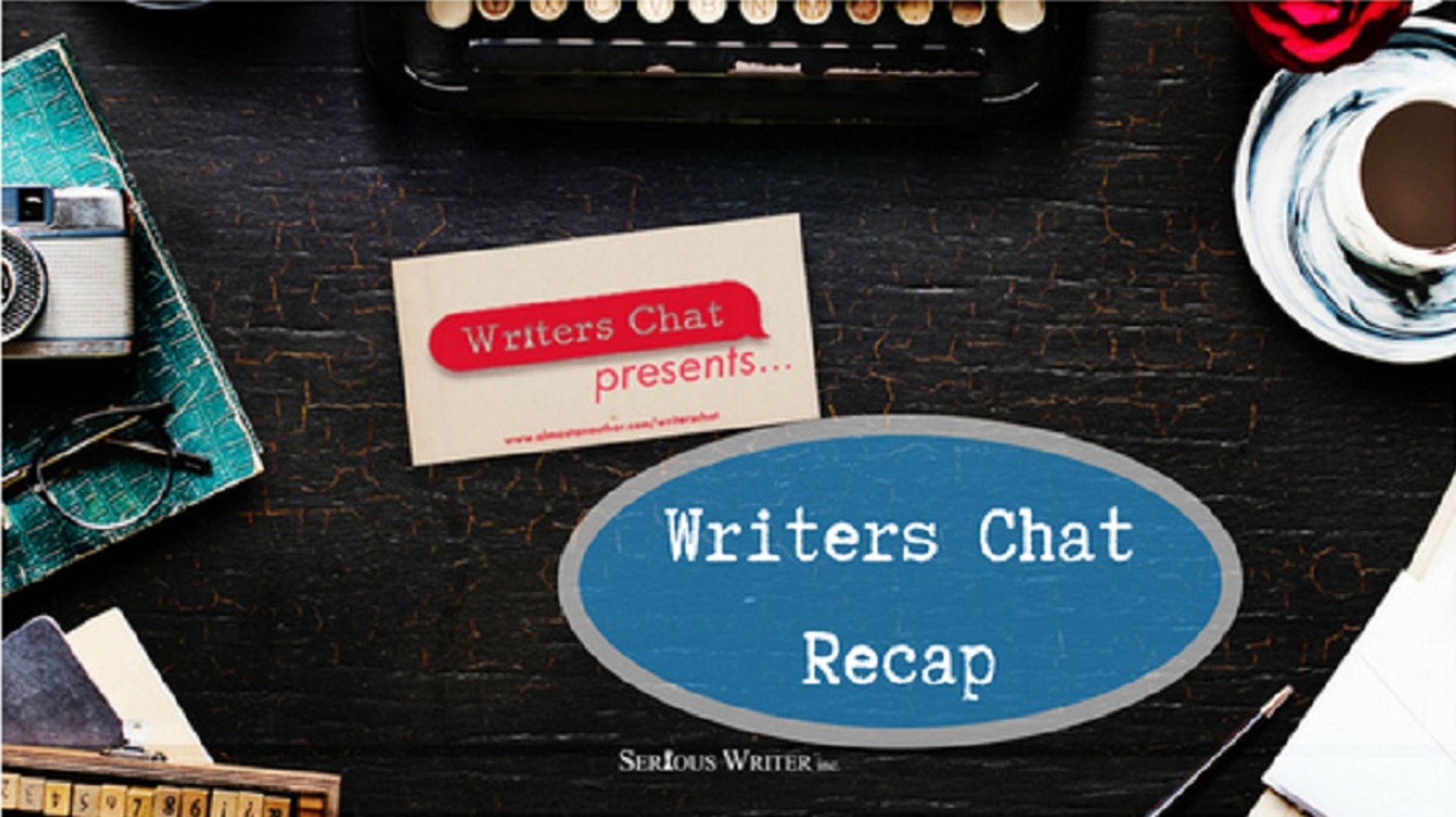
Writers Chat, hosted by Jean Wise, Johnnie Alexander, and Bethany Jett, is the show where we talk about all…
November 15, 2018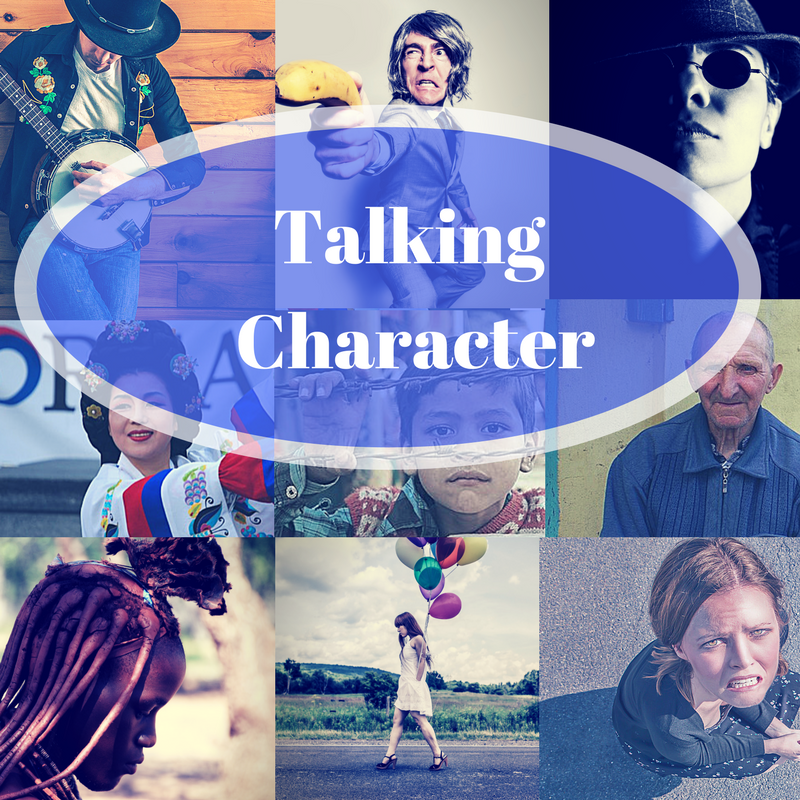
Do you have a method for capturing the bits and pieces you use to create memorable, complex characters? If…
May 20, 2018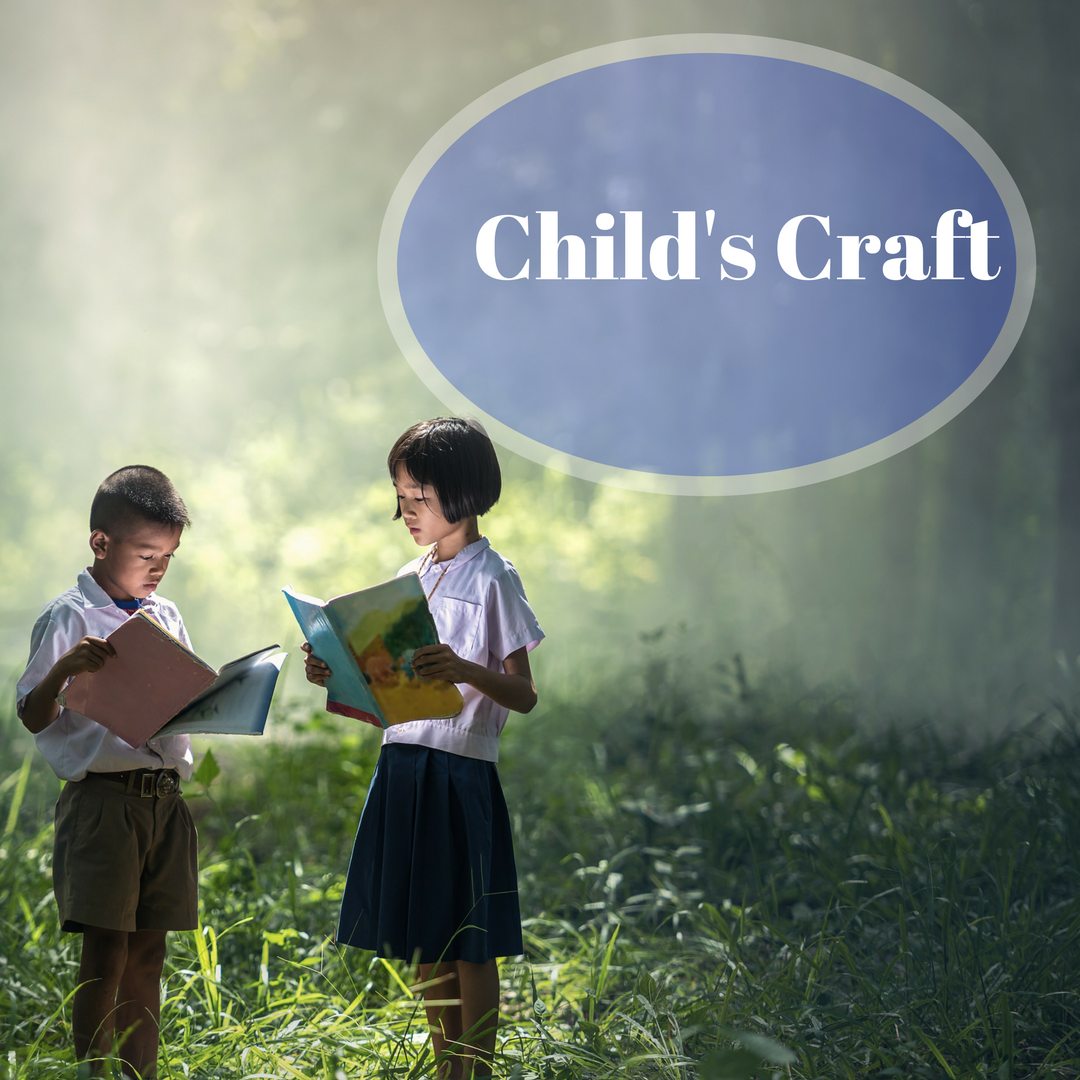
In her book The Art of Characterization Fay Lamb proposes that writers “use the other elements of storytelling to…
April 21, 2018
You can learn a lot about a person by visiting their house or office. A writer can use that…
April 17, 2018
Sometimes fiction authors write about real people. Especially those who write historical fiction. Real historical characters can add a…
February 20, 2018
A character bio is a collection of information that delineates and describes a fictional character. It is a tool…
December 20, 2017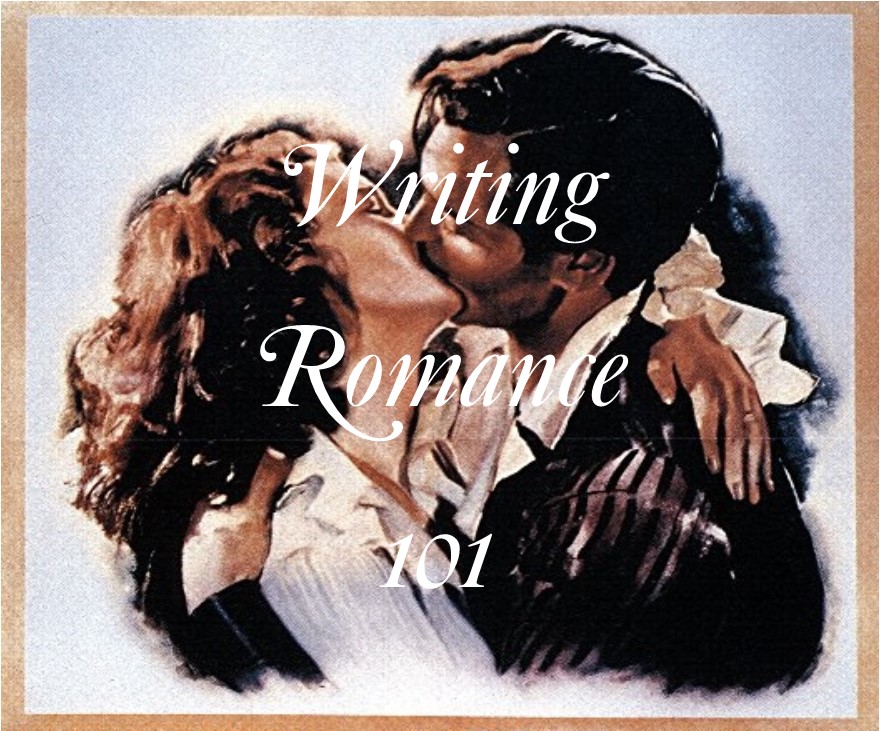
The heroine is the key to any romance. Yes, we women also want a great guy for her to…
November 23, 2017
Anger comes in many shades, from miffed to murderous. Each shade looks and feels different. When a person is…
November 20, 2017
I was once in a bus full of high school students when I heard a boy behind me read…
July 19, 2017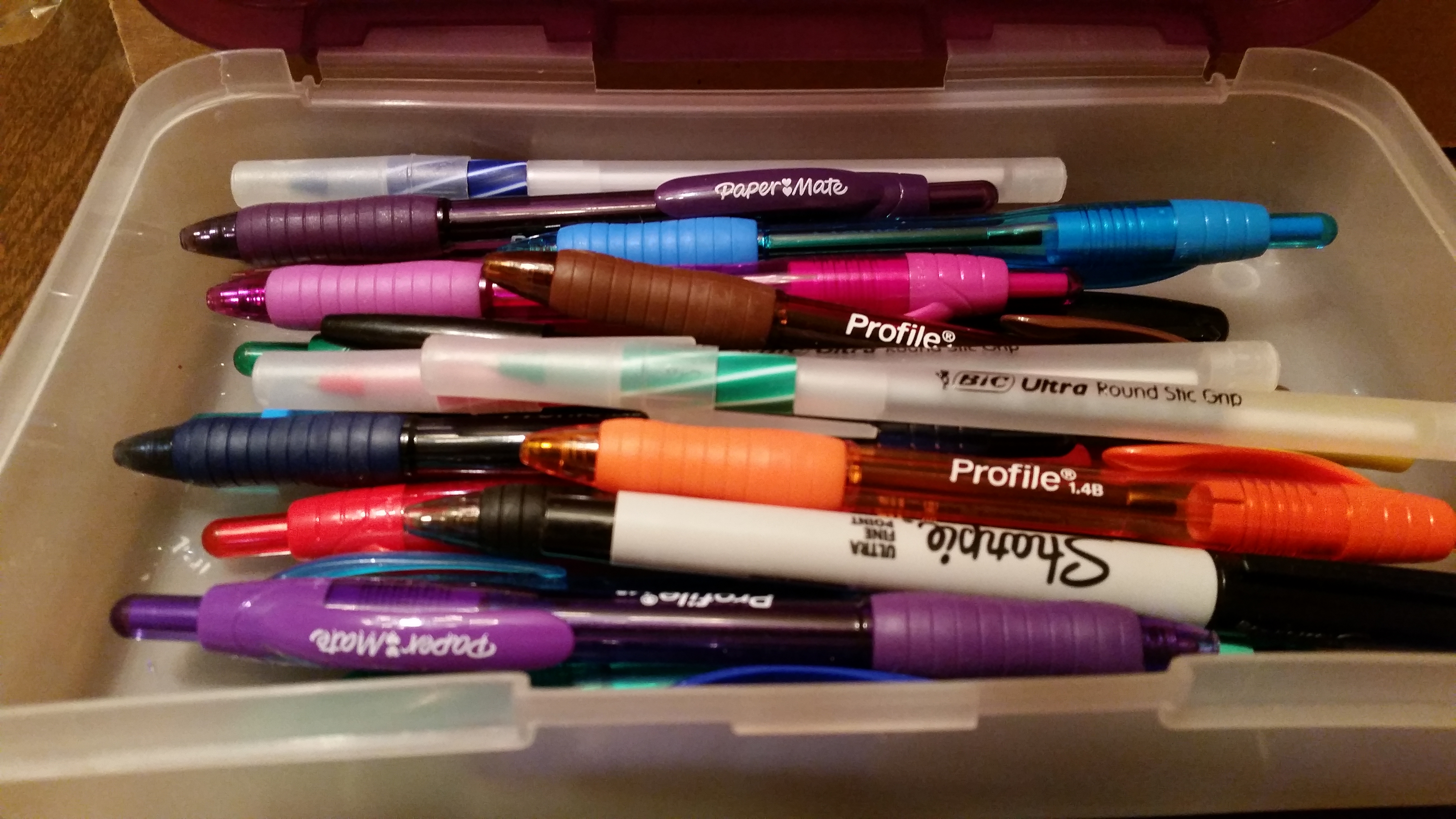
Characters with personality make your readers identify and care about them. There are several ways to determine what your…
June 22, 2017
A writer must find the perfect balance when describing characters, especially when introducing them to a reader for the…
June 19, 2017
In the beginning…in creating characters, we must begin at the beginning. We’ve talked about a three-word description, and basic…
May 22, 2017
Why is it that some characters stick in our minds? What is it about them that causes us identify…
April 22, 2017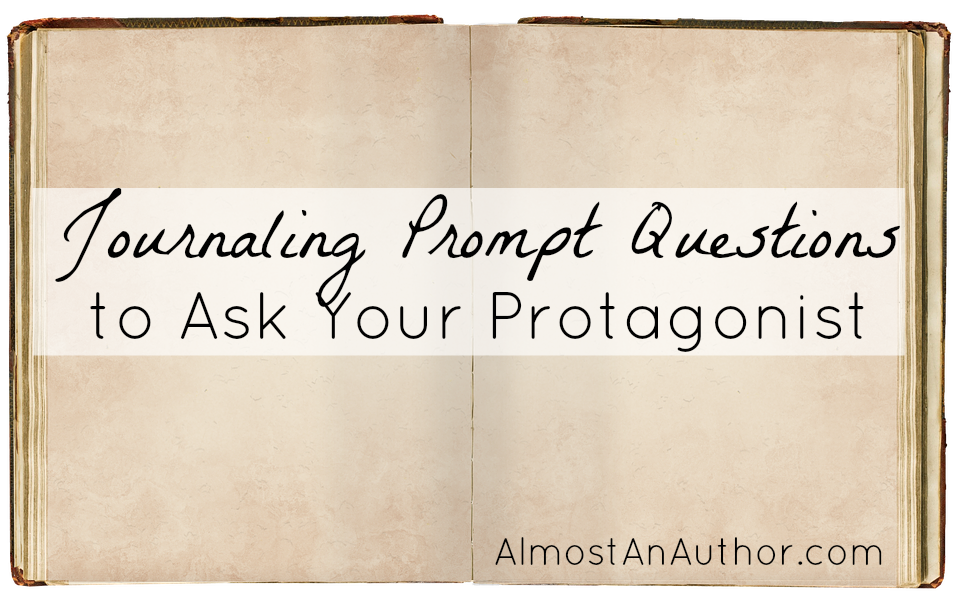
Sometimes, we writers can become so focused on writing an enticing, hard-to-put-down plot that we neglect one of the…
November 8, 2016